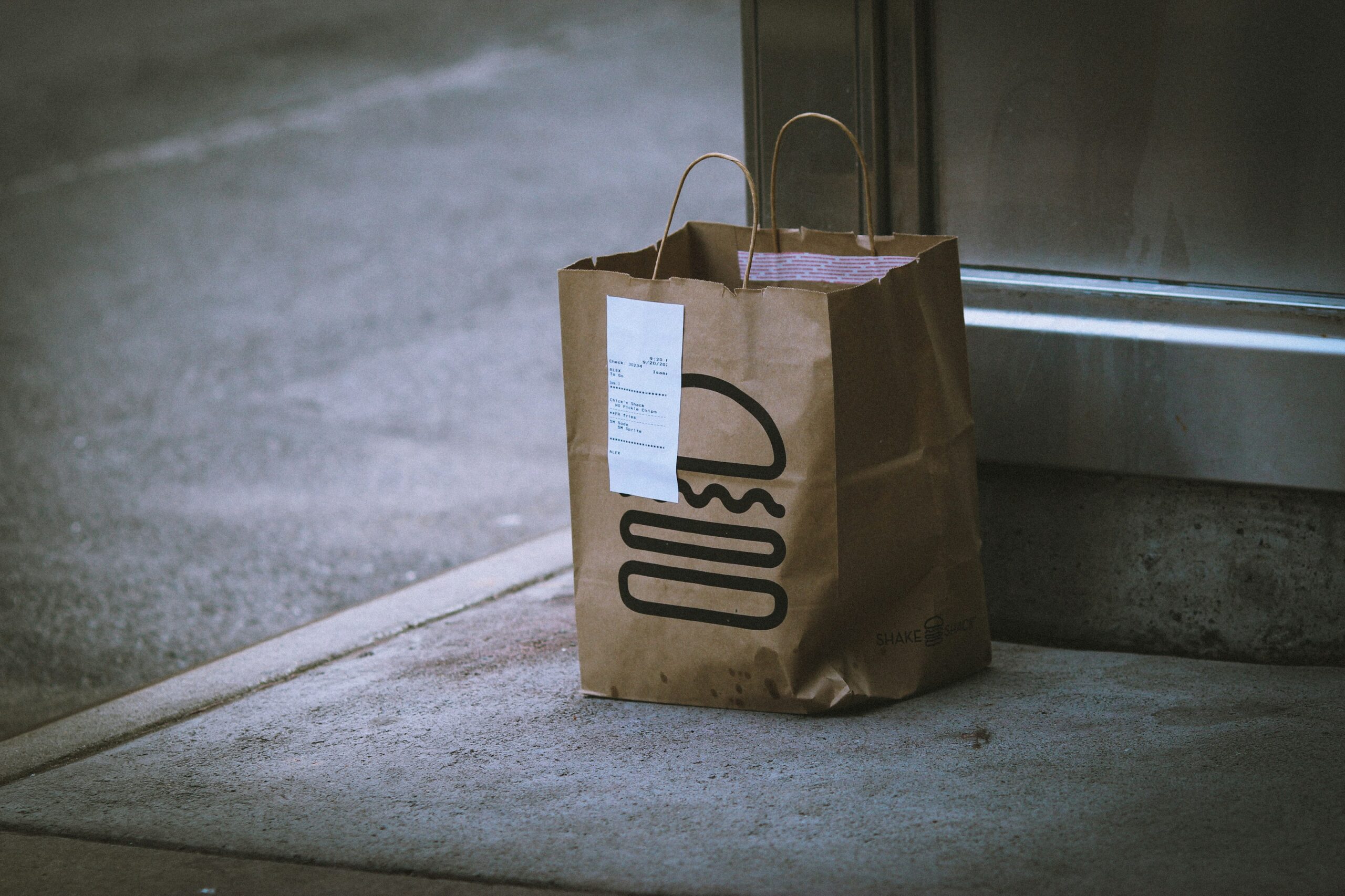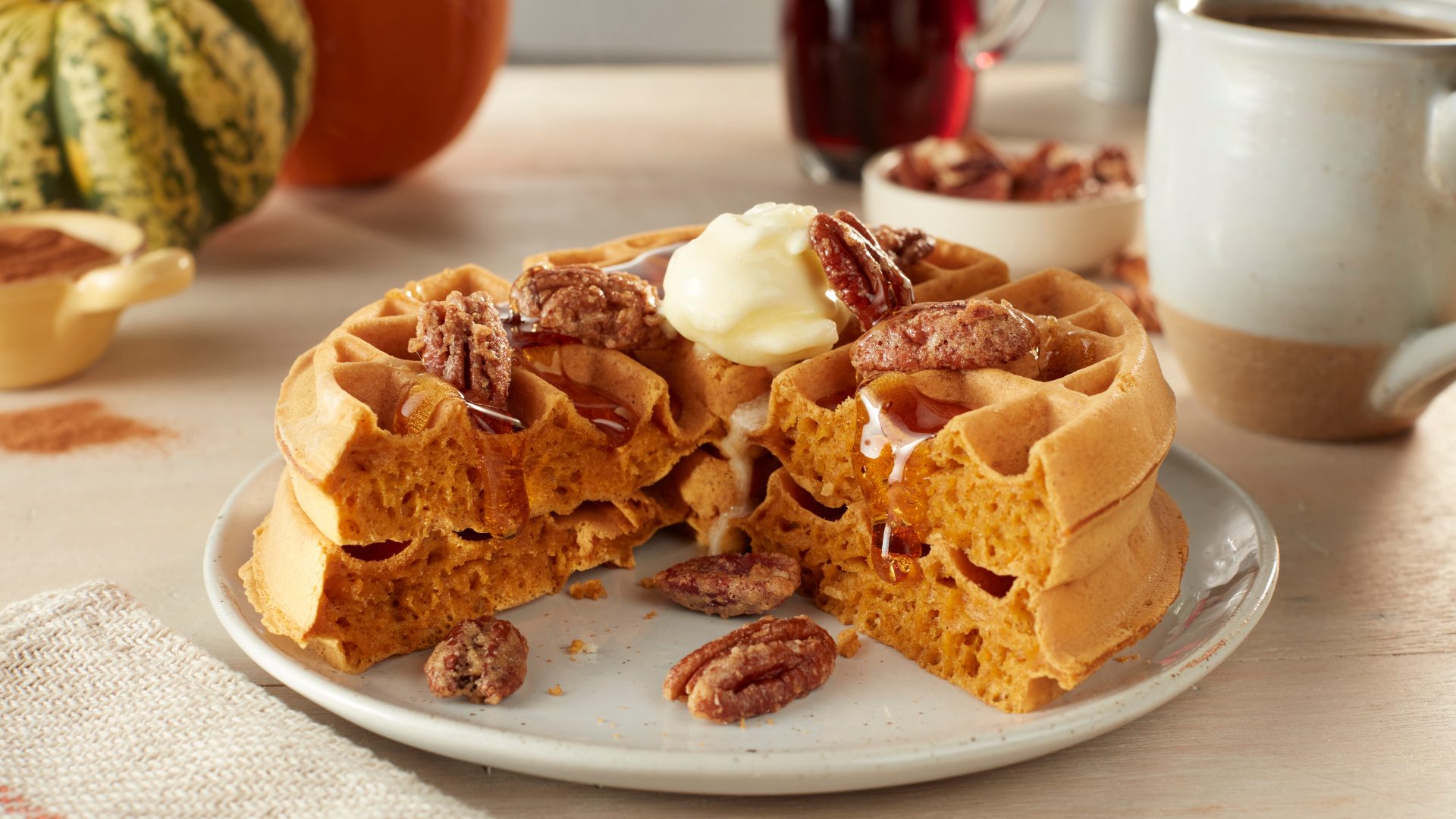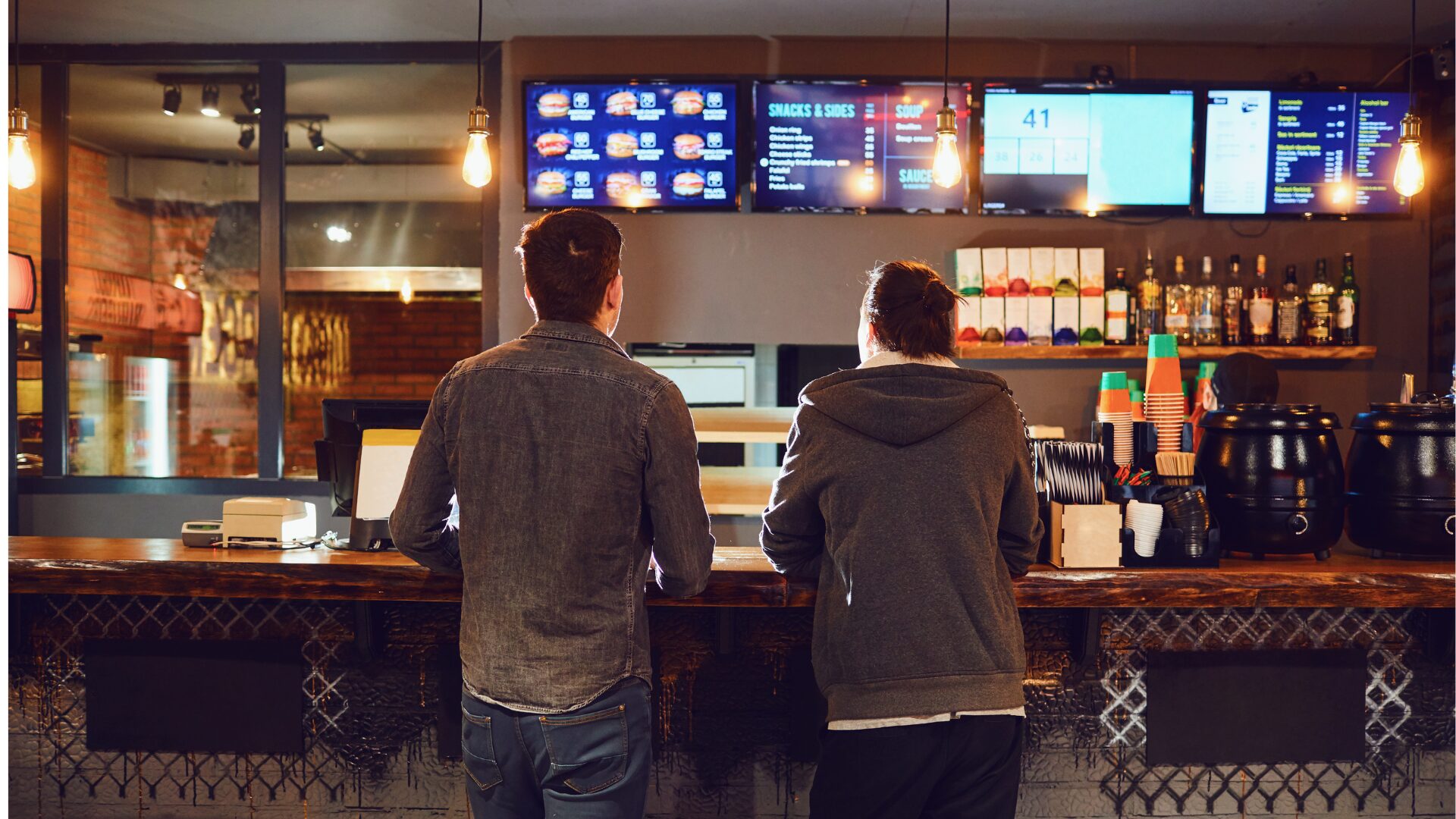Has the third-party delivery business – led by DoorDash and Uber – been a success? There are several ways to answer that question – each of which provides relatively different results.
The most obvious answer is: of course. At the moment, Uber has a market cap just shy of $150 billion. DoorDash is worth $47 billion, and Instacart is just shy of $10 billion. That’s a combined total over $200 billion – even if a big chunk of that comes from Uber’s rideshare business – and there’s likely a bit more value in GrubHub, Germany’s Delivery Hero, and the few remaining startups in the space.
But there are also perspectives which highlight the disappointment of the group. Uber went public at a price of $45 per share. Friday’s close of $69.23 suggests annualized returns of just 9% per year from that price. That’s worse than the Standard & Poor’s 500, and far worse than the NASDAQ 100, which contains the world’s biggest tech stocks.
DoorDash stock is up just 11% from its IPO in December 2020 – and down 40% from where it closed on its first day of trading. Grubhub owner Just Eat Takeaway has been trying to sell the business almost since the day it was acquired for $7.3 billion in 2021 and has seen essentially zero interest. Instacart is the one (and surprising) exception: the company went public in September, and shares are +22% from their IPO price. But its valuation is also well below the $17.7 billion figure at which it reportedly raised capital in 2020.
Operating results too are in the eye of the beholder. In 2023, DoorDash posted an operating loss of $579 million. Instacart was in the red by more than $2 billion, though the issuance of stock awards related to the IPO accounts for that loss. Uber’s Delivery segment posted a profit on an Adjusted EBITDA basis, but including proportionate corporate overhead that business still appears to be running at modestly negative profit.
On the whole, third-party delivery has been a success – but with the caveat that earnings, and investor returns, haven’t been what optimists projected.
Looking forward, perspectives seem similarly split: valuations for Uber and DoorDash remain among the highest in the market, and so years of consistent, impressive growth remains priced in.
The good news on that front is that the losses these businesses have run so far have basically cleared the field in the future. Particularly in the U.S., competition is minimal. And so Uber and DoorDash in particular should be able to grow along with the market – which still seems to be performing well. In 2023, DoorDash increased its Gross Order Value (the total dollar value of orders placed across all categories) by 25%. Uber’s delivery bookings (essentially the same figure) rose 14%, and Instacart grew 5%.
One clear strategy for maintaining those growth rates is to expand the range of products that can be delivered. The long-term future for the industry, in the most optimistic scenario, is a fleet of autonomous vehicles delivering not just food from restaurants, but essentially every consumer product available locally. DoorDash has been particularly aggressive on this front, targeting what it calls “new verticals” including grocery, alcohol, retail, and convenience store products. It’s having some success: its grocery business is growing more than 100% year-over-year, per last week’s first quarter earnings call.
The other important revenue stream is advertising. Instacart generated $871 million in advertising and other revenue in 2023. Its Adjusted EBITDA (earnings before interest, taxes, depreciation and amortization) was $641 million. Uber CEO Dara Khosrowshahi has said that the profitability of his company’s grocery business will depend on ad dollars.
All told, with the dynamics of the market mostly set – though Instacart’s market share remains at risk – the effort now is to build the market. Delivery companies want more dollars from restaurants, more dollars from CPG players in grocery, and, of course, more dollars from the end consumer.
And the reason why investors are willing to pay such huge valuations for these mostly unprofitable companies is that more revenue dollars mean sharply higher earnings. The added cost of advertising revenue is close to zero; the incremental expense of an additional order (beyond driver costs) is relatively small as well. And so, a business that is running breakeven at $30 billion in bookings can generate hundreds of millions of dollars in profit at $40 billion in bookings. A DoorDash that truly covers the entire local retail landscape can be worth multiples of its current $48 billion market capitalization.
The irony, however, is that all of these strategies, and all of these numbers, essentially boil down to a simple question: how much are consumers willing to pay for convenience? DoorDash and Uber can expand into new markets and create new ad revenue streams, but the long-term case requires steady growth within each of those categories. And it’s possible that at some point, the base of consumers willing to pay fees and tips that often exceed $20 for a single order is completely captured.
For now, however, both the companies and their investors believe that point is a long way off. For the delivery industry, it remains full speed ahead.
Editor’s note: Vince Martin is an analyst and author whose work has appeared on multiple financial industry websites. He’s the lead writer at Overlooked Alpha, which offers market-wide and single-stock analysis every week.
The Food Institute Podcast
Corn stocks, poultry flocks, and highly-pathogenic avian influenza – what does the U.S. agricultural system look like amid inflation and other headwinds? Wells Fargo Chief Agricultural Economist Dr. Michael Swanson discussed specialty crops, grain plantings, and what to expect in the growing year to come.












